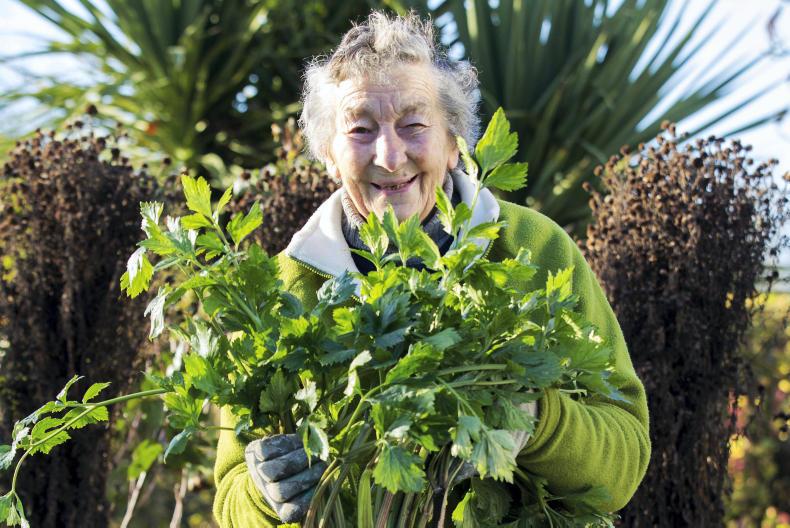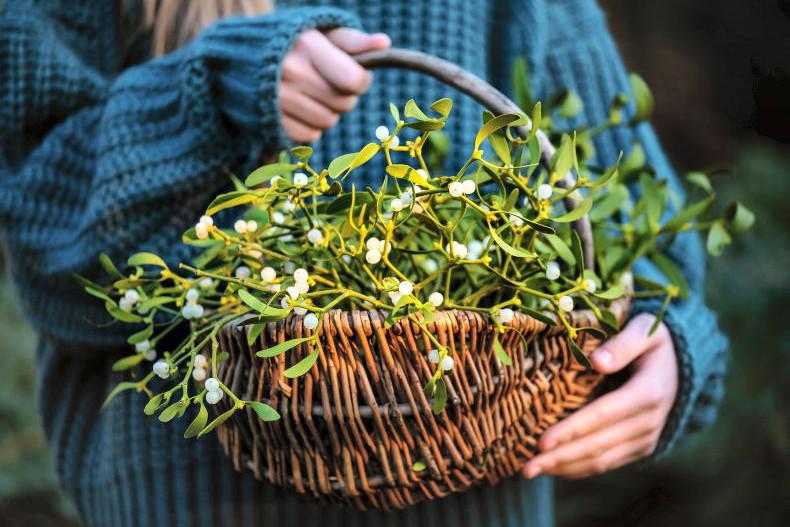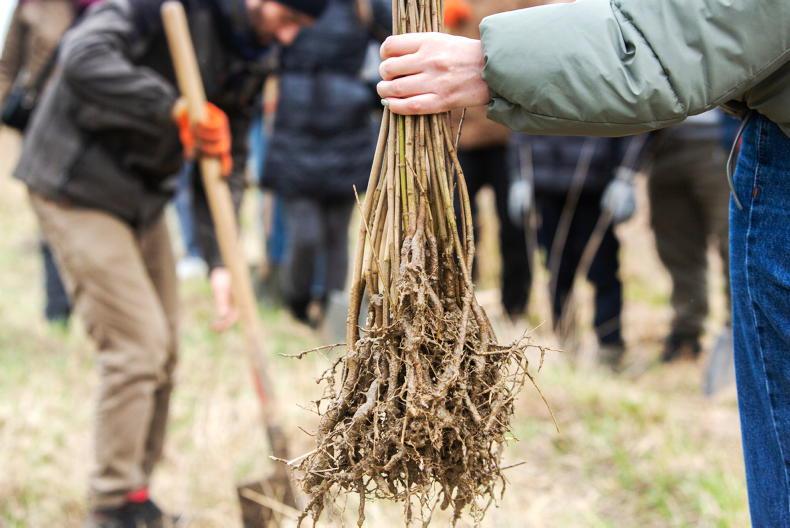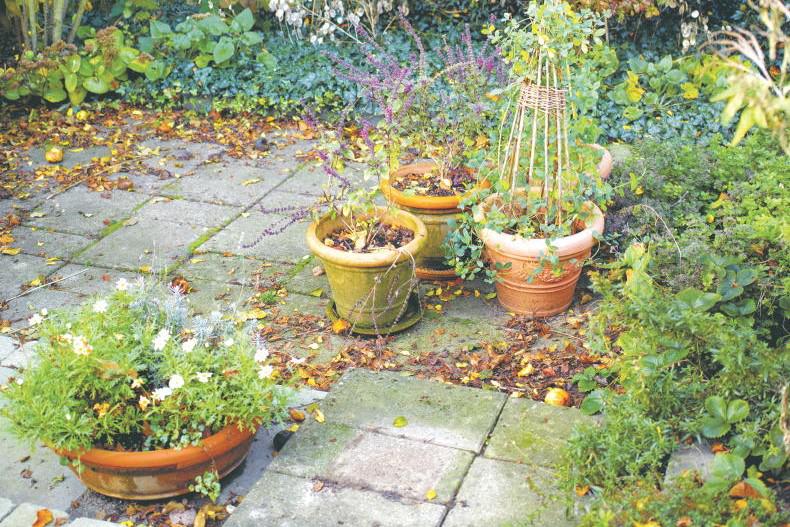As I write this article the weather is not very nice, with storms, rain and thunder. It is not a nice start to the year. It’s really no different to the severe winters I saw as a child growing up on a farm.
Up to a few weeks ago, farm and garden work has been at a standstill, as more harm than good would come from going out on the land. But with cattle and other stock now housed, there is always plenty to do.
Instead of my usual gardening advice, I thought I would write a little bit of local history instead. I have to look no further than our own garden, as at the end of it there is an old grain pit that was used in times gone by farmers that farmed here long before my husband bought the farm.
It was a big farm then, but as he got older he sold most of the land, except for a small amount around the house on which cattle were fattened.
The fattening house ran all of the length of the garden and is still there, as the back wall is the garden boundary. He would buy in two or three wagons of Guinness grains (the offal of making stout) and store them in this pit. There were steps down, as the pit was at a depth of five feet into the ground. The measurements of the pit are 20 feet long, eight foot wide and five foot high. The walls are 1.5 foot wide. This pit is in perfect condition and still has its concrete floor. I use it to sow carrots and scallions in containers. My daughter, Jennie, played in it with her school friends, it was a bit of novelty for them.
I remember when we came to live here my husband said we would store a wagon load of wet beet pulp in it. However, a wet night came and we lost it all as the pit flooded. After that my husband said he would fill it in, but it is still here as heritage now. As I never came across another one, that’s my bit of history for this month. I like to write about local history and have been doing so for a while, and a few of my articles have been read by emigrants living around the world.
In case one wonders what a wagon load was, these wagons were loaded at the Dublin Guinness Brewery and via rail to Portarlington, where they were unloaded into horse-drawn carts for transport to the farm. Hopefully, people will be interested in how times have changed. Wishing all my readers a happy and healthy 2018. CL









SHARING OPTIONS